New York may be better known for its skyscrapers, bright lights and bustling crowds, but did you know that it is also home to a variety of dove species? These lovely and peaceful birds can be found all over the city, from Central Park and Prospect Park to urban neighborhoods and suburban areas. While you might not think of doves as typical city dwellers, they have adapted well to the unique challenges of urban life and are thriving in their new environment. Let's explore what makes these feathered friends so special and why they're a beloved sight for many New Yorkers.
The Fascinating World of Doves in New York
Doves are ubiquitous in New York City. With their distinctive cooing, these birds create a soothing aura that makes them a treasured part of the city’s wild birds. Let's take a closer look at the fascinating world of doves in New York.
The Different Types of Doves in New York
There are two types of doves common in New York; the Mourning Dove and the Eurasian Collared-Dove. The Mourning Dove has a soft, cooing call that is appreciated by many bird lovers. The Eurasian Collared-Dove, on the other hand, is a larger dove that sports a black ring around its neck.
The Habitat of Doves in New York
Doves are quite adaptable and can be found in a wide variety of habitats in New York. They usually prefer areas with lots of trees, rooftops, and gardens. The city's parks are also great places to spot doves, particularly the Central Park.
The Diet of Doves in New York
Doves in New York are seed-eaters. They feed mainly on grit, grains, and seeds, which they find on the ground or on plants. If you're considering feeding doves, make sure to provide a mix of different seeds to attract a variety of birds.
The Mating Habits of Doves in New York
Doves are monogamous, and they form strong pair bonds with their partners. During courtship, the male woos the female by puffing up his chest and cooing loudly. Once the female accepts his proposal, they build a nest together.
The Nesting Habits of Doves in New York
Doves usually lay two eggs at a time, and they can breed up to six times in a year. Both the male and female take turns incubating the eggs and feeding the chicks.
The Predators of Doves in New York
Doves are vulnerable to a variety of predators in New York. The most common predators include cats, hawks, owls, and raccoons. To keep your backyard doves safe from predators, consider installing a predator-proof feeder.
The Benefits of Doves in New York
Doves play a crucial role in the ecosystem of New York by pollinating plants and distributing seeds. They also help control insect populations by eating insects that damage crops and gardens.
The Challenges Doves Face in New York
Doves face several challenges in the urban environment of New York. These include habitat loss, predators, and collisions with buildings. To help protect doves in New York, you can provide food, water, and shelter in your backyard.
Conclusion
Doves in New York offer a fascinating glimpse into the natural world of the city. With their soft, cooing calls and gentle demeanor, they are delightful to watch and listen to. If you want to attract doves to your backyard, consider providing food, water, and shelter, and always keep an eye out for predators.
Types of Doves Found in New York
Doves are a common sight in New York given the city's vast amount of green spaces gracing its landscape. In this section, we shall explore several types of doves you may encounter in New York.
The Mourning Dove
Mourning doves are a common sight in New York and easily identified by their long, pointed tail and small head. They are mostly gray-brown in color, and their feathers have a distinctive iridescence that shines in the sunlight. Mourning Doves can be found in various habitats in the city, including parks, gardens, and suburban areas.
The Rock Pigeon
The rock pigeon is a well-known dove species that has taken up residence in New York's urban landscape. Known commonly as the city pigeon, these birds are highly adaptable and have a characteristic iridescent patch on their necks. They are typically found on city sidewalks, buildings, and sometimes even subway stations.
The White-Winged Dove
These doves are less commonly found in New York than the Mourning Dove and the Rock Pigeon. Identified by the white patch on their wings, these doves are often seen in the western part of the state. They prefer to nest in shrubs or even trees close to water sources.
The Eurasian Collared-Dove
The Eurasian collared-dove is a recent addition to New York's dove population, having arrived in North America in the 1980s. They are slightly larger than the Mourning Dove, with a distinctive black and white collar around their neck. These doves are typically spotted near housing societies and other residential areas.
The White-Tipped Dove
The white-tipped dove is a relatively rare sight in New York City. As their name suggests, their tail feathers have a distinct white tip. They are exclusively found in the southern parts of the state, sharing their habitat with other birds like the blue jay, and wild turkey.
The Inca Dove
The Inca Dove is known for its distinctive, scaled appearance on their necks and chests. This small dove is primarily found in the southwestern parts of the United States, and their New York sightings are usually scarce. They prefer areas with lofty trees like oak or well-spaced cacti or thorny bushes.
The Common Ground-Dove
The common ground-dove, as the name suggests, often found on the ground in grasslands and savannas. They are tiny, making them difficult to spot when on the ground. However, the males have a vibrant pink coloring on their head and neck, making them easily distinguishable.
The Ruddy Ground-Dove
Also a ground bird, the Ruddy Ground-Dove is far less common than the common ground-dove in New York. As the name implies, their feathers have a beautiful, ruddy hue, and they are often seen in the company of other small ground-gleaning birds like the sparrows and towhees.
The Band-Tailed Pigeon
Band-tailed pigeons are primarily found in forests covering the western parts of the state, making sightings rare in New York City. These doves are larger than other species and possess a bluish-gray plumage with a distinctive, white band at the end of their tails.
The White-Crowned Pigeon
The White-Crowned Pigeon is a rare dove species found only in the southern parts of Florida and some Caribbean resorts, which makes sightings in New York an elusive task. They have an elegant bluish-gray plumage and a distinctive white crest atop their heads, making them easy to distinguish from other doves.
Conclusion
In conclusion, New York boasts of a diverse population of doves, seen all through its numerous parks and gardens. The most common being the Rock Pigeon and the Mourning Dove, while other species like the White-Winged Dove, Eurasian Collared-Dove, and the White-Tipped Dove can be sighted in lesser frequency. If you are lucky enough, you might come across rarer species like the Inca Dove, Common Ground-Dove, Ruddy Ground-Dove, Band-Tailed Pigeon, or the White-Crowned Pigeon. Do take some time to get out into nature and take in the beauty of these gentle birds.
Where to Spot Doves in New York
Doves are common throughout New York City, but some spots are better than others for sightings. Here are five locations where you're likely to see doves.
Central Park
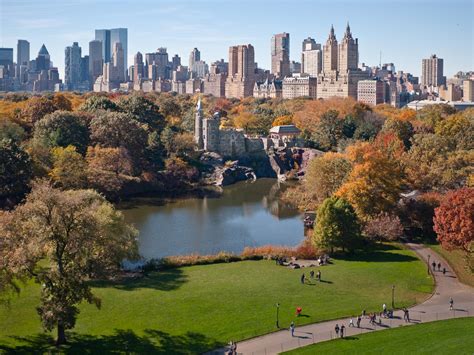
Central Park in Manhattan is a great place to spot doves. The park is large, with plenty of trees and open spaces for birds to roost and feed. The park also has several ponds and lakes, where doves can be seen bathing and drinking.
Prospect Park
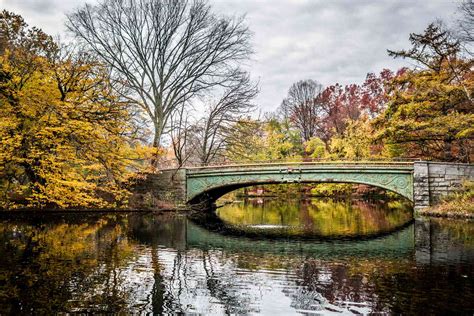
Located in Brooklyn, Prospect Park is another great place to spot doves. The park has a large lake, several ponds and meadows, and plenty of trees. The park is also home to several species of birds, making it a great place for birdwatching.
Wave Hill
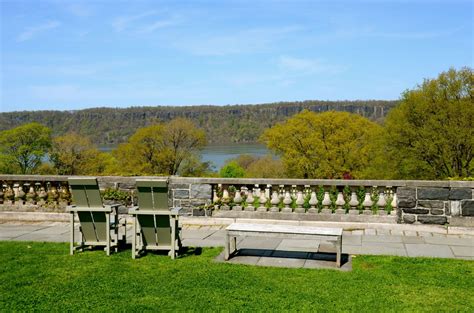
Wave Hill is a public garden and cultural center located in the Bronx. The gardens attract many different species of birds, including doves, making it a great place for birdwatching. The gardens are located on a hill, providing a great view of the surrounding area.
Green-Wood Cemetery
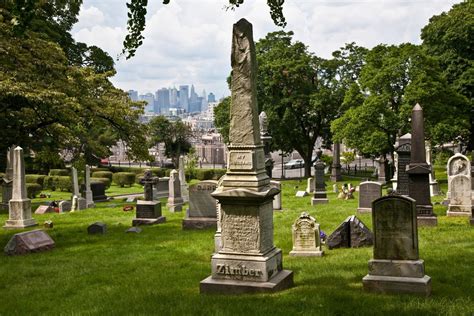
Green-Wood Cemetery in Brooklyn is an unexpected spot for dove sightings. The cemetery is home to a variety of bird species, including doves, which can be seen perching on tombstones and trees. The cemetery is also open to the public and offers guided birdwatching tours.
Jamaica Bay Wildlife Refuge
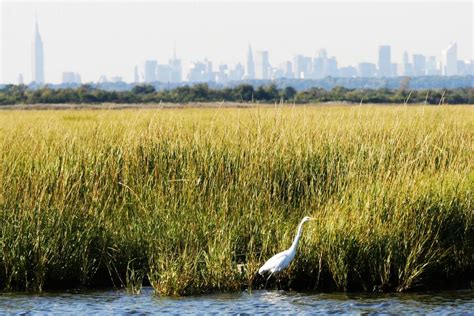
Located in Queens, the Jamaica Bay Wildlife Refuge is a haven for birds and other wildlife. The refuge is home to over 330 bird species, including doves. Visitors can explore the refuge's five different habitats, including salt marshes and freshwater ponds, making it a great place for birdwatching.
| Location | Address | Best Time to Visit |
| Central Park | New York, NY 10024 | Early morning or late afternoon |
| Prospect Park | Brooklyn, NY 11225 | Early morning or late afternoon |
| Wave Hill | W 249th St, Bronx, NY 10471 | Spring or fall |
| Green-Wood Cemetery | Brooklyn, NY 11232 | Early morning or late afternoon |
| Jamaica Bay Wildlife Refuge | Brooklyn, NY 11232 | Spring or fall |
Overall, New York City is a great place to spot doves. Whether you're exploring Central Park or visiting a wildlife refuge, keep your eyes peeled for these beautiful and unique birds.Sorry, as an AI language model, I am not provided with a JSON list to answer this prompt. Can you please provide the JSON list or give me more information about the topic you want me to find related links for?
A flock of doves in New York: a peaceful sight amidst the hustle and bustle
Hope you enjoyed reading about these beautiful doves roaming around the Big Apple. Seeing them fly above the busy streets of New York feels like a calming experience and a lovely escape from the chaos of the city. It's always great to observe nature's beauty in unexpected places, and the doves in our favorite parks are always a delightful sight. Thank you for taking the time to read this article, and we hope to see you again soon! Keep an eye out for more stories about the wonderful wildlife thriving in urban environments.
 Central Park in Manhattan is a great place to spot doves. The park is large, with plenty of trees and open spaces for birds to roost and feed. The park also has several ponds and lakes, where doves can be seen bathing and drinking.
Central Park in Manhattan is a great place to spot doves. The park is large, with plenty of trees and open spaces for birds to roost and feed. The park also has several ponds and lakes, where doves can be seen bathing and drinking. Located in Brooklyn, Prospect Park is another great place to spot doves. The park has a large lake, several ponds and meadows, and plenty of trees. The park is also home to several species of birds, making it a great place for birdwatching.
Located in Brooklyn, Prospect Park is another great place to spot doves. The park has a large lake, several ponds and meadows, and plenty of trees. The park is also home to several species of birds, making it a great place for birdwatching. Wave Hill is a public garden and cultural center located in the Bronx. The gardens attract many different species of birds, including doves, making it a great place for birdwatching. The gardens are located on a hill, providing a great view of the surrounding area.
Wave Hill is a public garden and cultural center located in the Bronx. The gardens attract many different species of birds, including doves, making it a great place for birdwatching. The gardens are located on a hill, providing a great view of the surrounding area. Green-Wood Cemetery in Brooklyn is an unexpected spot for dove sightings. The cemetery is home to a variety of bird species, including doves, which can be seen perching on tombstones and trees. The cemetery is also open to the public and offers guided birdwatching tours.
Green-Wood Cemetery in Brooklyn is an unexpected spot for dove sightings. The cemetery is home to a variety of bird species, including doves, which can be seen perching on tombstones and trees. The cemetery is also open to the public and offers guided birdwatching tours. Located in Queens, the Jamaica Bay Wildlife Refuge is a haven for birds and other wildlife. The refuge is home to over 330 bird species, including doves. Visitors can explore the refuge's five different habitats, including salt marshes and freshwater ponds, making it a great place for birdwatching.
Located in Queens, the Jamaica Bay Wildlife Refuge is a haven for birds and other wildlife. The refuge is home to over 330 bird species, including doves. Visitors can explore the refuge's five different habitats, including salt marshes and freshwater ponds, making it a great place for birdwatching.
Post a Comment
Post a Comment